The 1950s saw America’s economy boom, and suburban houses, cars, and household appliances became affordable for the middle class. It also saw the beginning of the end of segregation, and the fears of the Cold War touched ordinary Americans. Kids raised in the 1950s will remember these 19 iconic parts of life in the decade.
The Birth of Fast Food
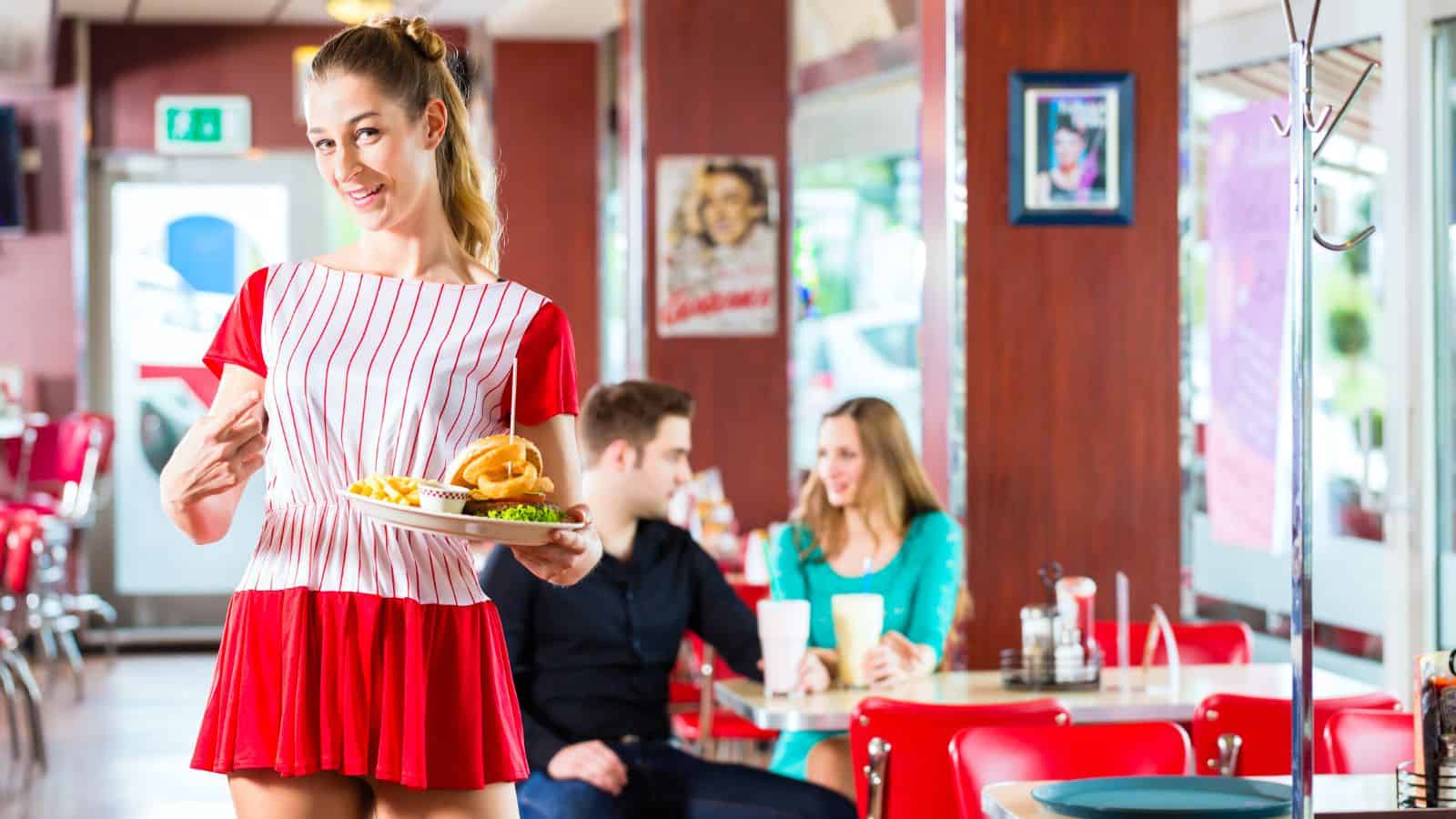
In the 1950s, fast-food chains began opening restaurants nationwide. Americans were introduced to McDonald’s, KFC, and Dairy Queen, and drive-thrus and fast-food diners became immensely popular.
Classic TV Shows of the 1950s
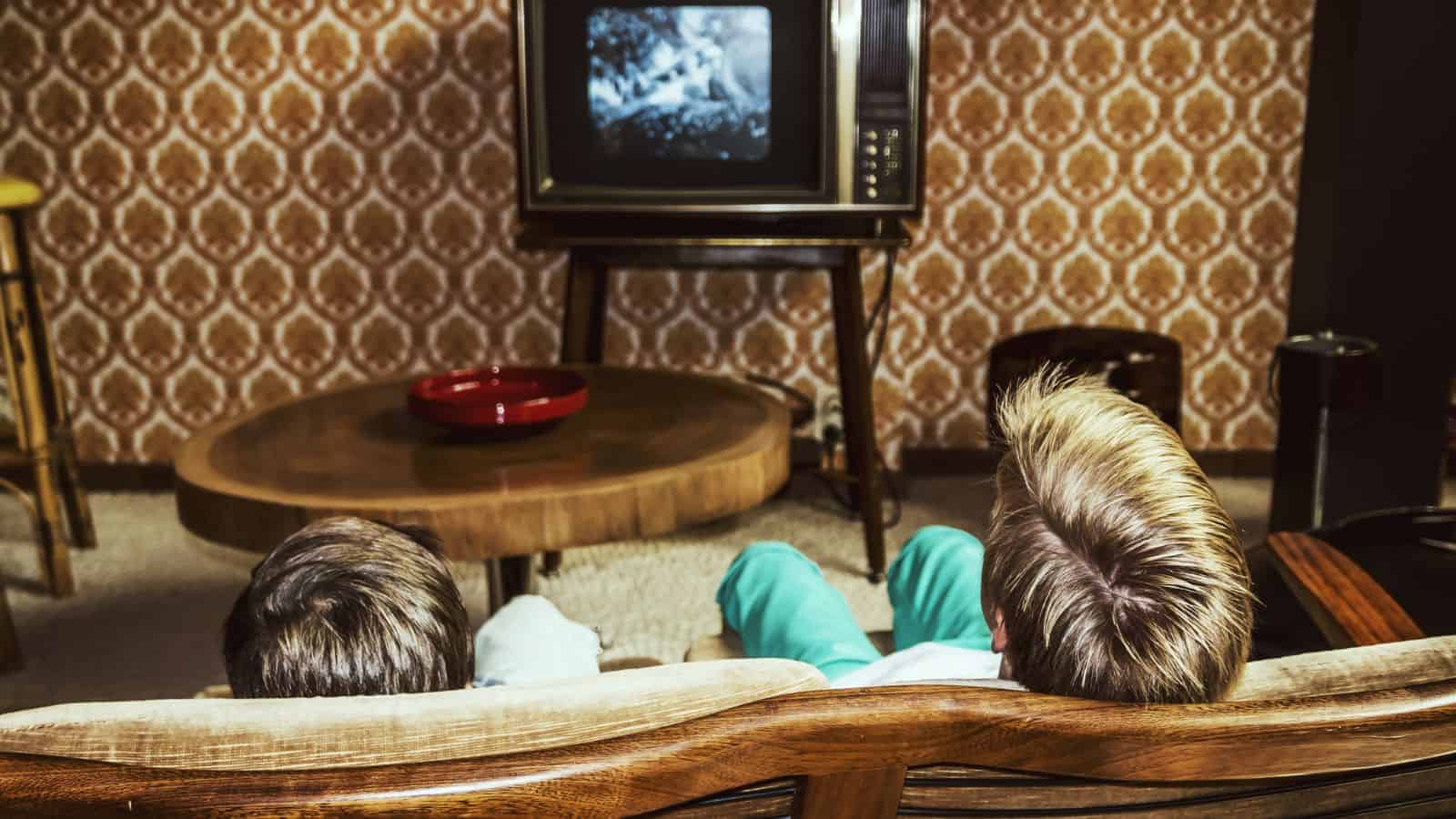
The 1950s are remembered as the original Golden Age of television, and Americans raised in the decade gathered around the TV set to watch iconic shows like I Love Lucy and Leave It to Beaver. Britannica argues that comedy and drama “are the most fondly remembered of the Golden Age genres for both emotional and intellectual reasons.”
Western TV Shows
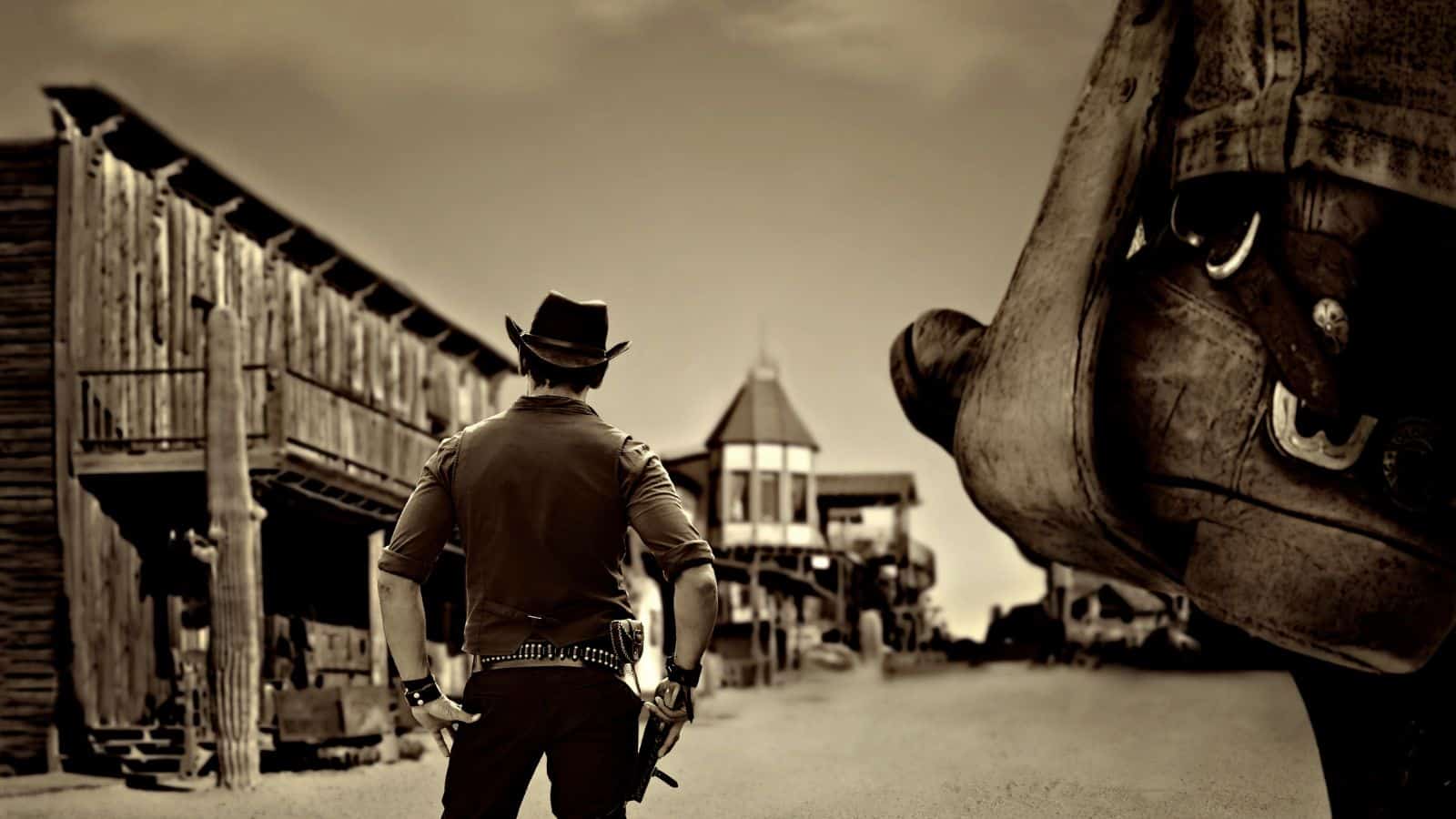
Westerns dominated television in the 1950s and shows like Wagon Train, Gunsmoke, and The Rifleman were hugely popular. These modern morality plays taught Americans the value of honesty and hard work.
Toys of the 1950s

Americans who grew up in the ’50s will remember the decade’s classic toys, including hula hoops, Slinkys, Play-Doh, Mr. Potato Head, and Barbie. These toys provided kids with hours of fun and remain popular today.
Family Road Trips

Air conditioning was still a luxury feature in cars in the 1950s, so most families endured long summer car rides without it. However, road trips were exciting adventures, often at the core of summer vacations, because airfare was too expensive for the average family.
The Space Race Begins

The Space Race between America and the USSR began in 1955. The USSR launched Sputnik 1 in October 1957, but America later won the competition with the Apollo 11 mission, which landed mankind on the moon.
The Influence of Radio

Despite the widespread popularity of television in the 1950s, radio remained a pop-culture force. “Top 40” and “alternative” FM entered the mainstream, while talk shows and listening to baseball matches remained popular.
School Life in the 1950s

School life in the 1950s was stricter, and the “Red Scare” saw public school teachers questioned about their political beliefs and asked to sign loyalty oaths. Schools also slowly began to desegregate after the Brown v. Board of Education ruling.
The Rise of Rock ‘n’ Roll

In the mid-1950s, rock and roll took America by storm, with artists like Chuck Berry, Elvis Presley, and Little Richard topping the pop charts. Rock Music Timeline explains that its “influence spread quickly, impacting radio, movies, TV, fashion, attitudes, and language worldwide.” By the decade’s end, it was the dominant music style, “accounting for 43% of all records sold.”
The Postwar Suburban Boom

During the post-war period, suburban neighborhoods popped up across America. Low housing costs and the G.I. Bill allowed working-class Americans to buy houses in the suburbs and achieve the American Dream.
The Cold War Era
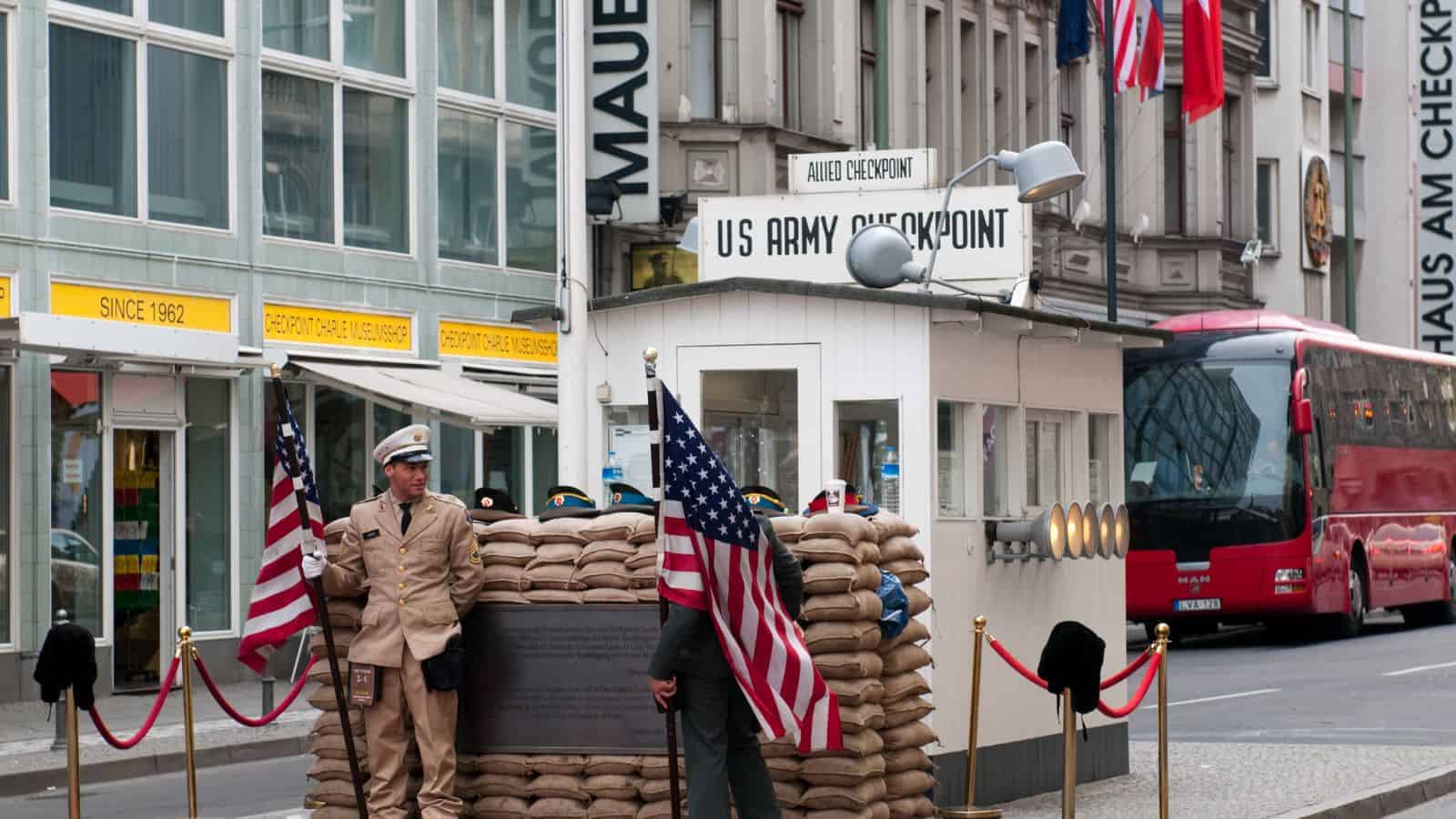
The Cold War impacted the daily lives of ordinary Americans, who were terrified by the prospect of nuclear war. Schoolchildren nationwide were taught to protect themselves from a potential nuclear attack during duck-and-cover drills.
Iconic Cars of the 1950s
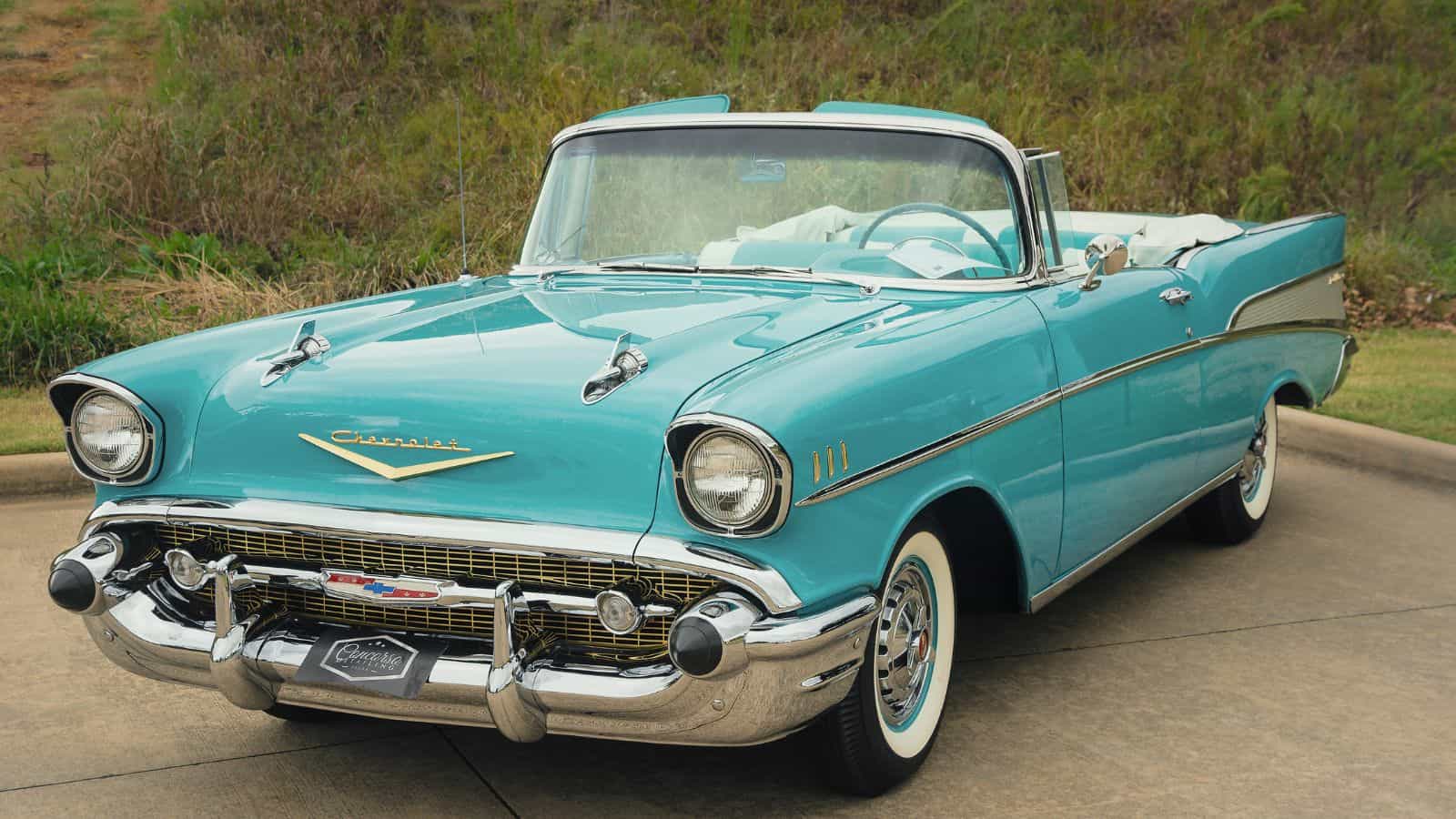
The 1950s were an exciting era for cars. Classic cars from the decade, like the Chevrolet Bel Air and Ford Thunderbird, are still admired today, and models in good condition can sell for hundreds of thousands of dollars.
Fashion Trends of the 1950s

Hollywood was hugely influential on everyday fashion trends in the 1950s. Fashion History Timeline explains that although James Dean starred in only three movies within a year before dying in a car accident, “his portrayal of Jim Stark in Rebel Without a Cause left an indelible mark on men’s fashions.”
The Birth of the Teenager

The idea of the teenager as a step between childhood and adulthood began in the 1940s. By the 1950s, teenagers had a distinct identity, thanks to the car’s ubiquity and increased spending power. Rock and roll and figures like James Dean in Rebel Without a Cause were also hugely influential.
The Polio Epidemic

Polio terrified parents in the 1950s, who were worried that their children could suffer from meningitis, paralysis, or even die. The 1952 epidemic was the worst in America’s history, killing over 3,000 people and raising public awareness of the need for a vaccine, which came in 1955.
Drive-In Movie Theaters

Drive-ins are increasingly rare today, but they were hugely popular in the 1950s, with families and young couples going on dates. Jim Kopp of the United Drive-in Theatre Owners Association told Smithsonian Magazine that “drive-ins started to really take off in the ’50s” and “offered more flexibility than indoor theaters.”
Popular Home Appliances
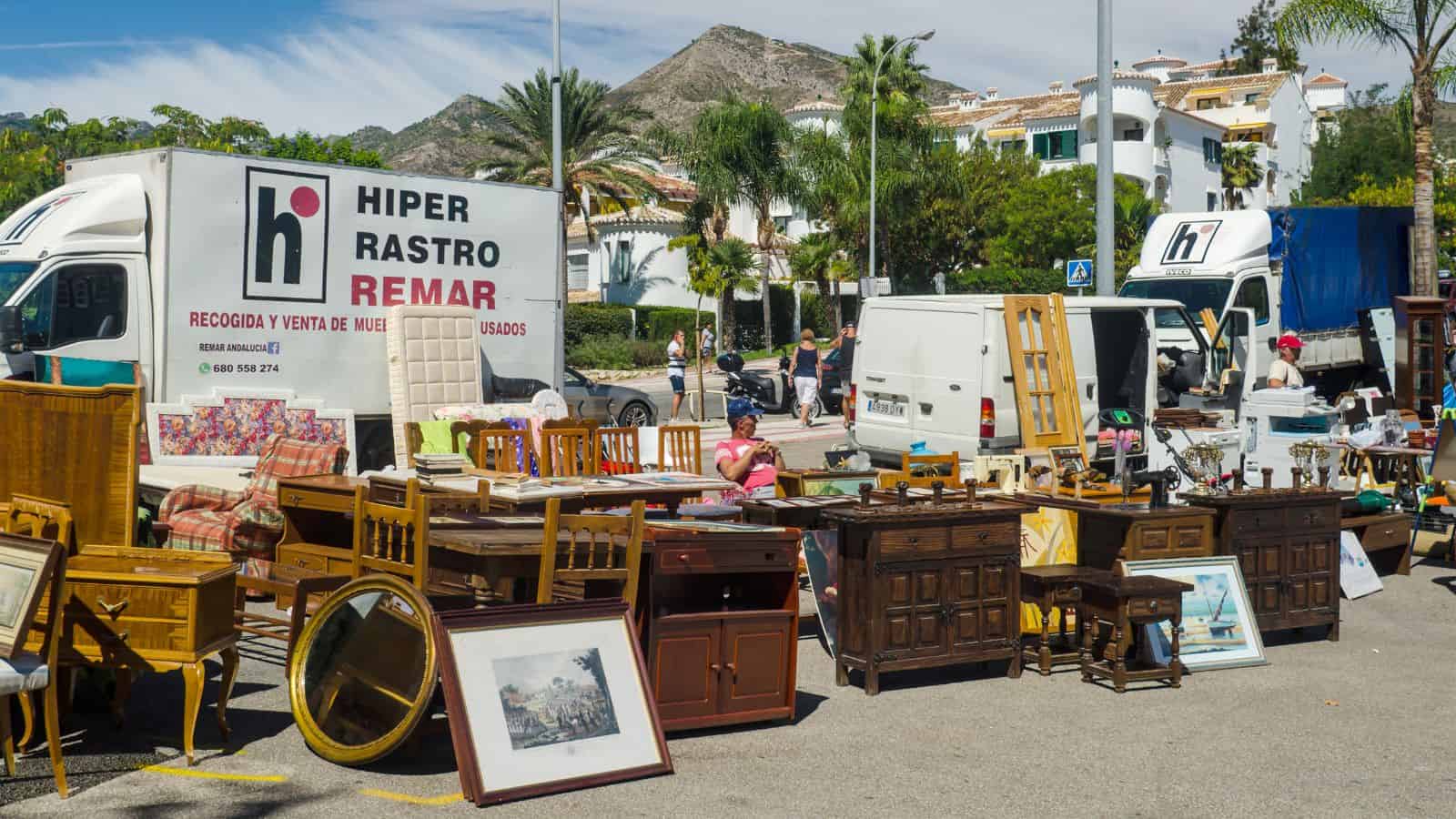
Labor-saving machines like washing machines and refrigerators became more affordable in the 1950s, transforming American domestic life. Women bore most of the brunt of the housework and were often expected to stay at home and raise the children.
Christmas

Christmas in 1950s America featured million dollar fudge, green bean casserole, and aluminum trees. Mass-produced, low-cost decorations from companies like Shiny Brite entered the marketplace, and bubble lights became popular.
The Impact of Postwar Prosperity
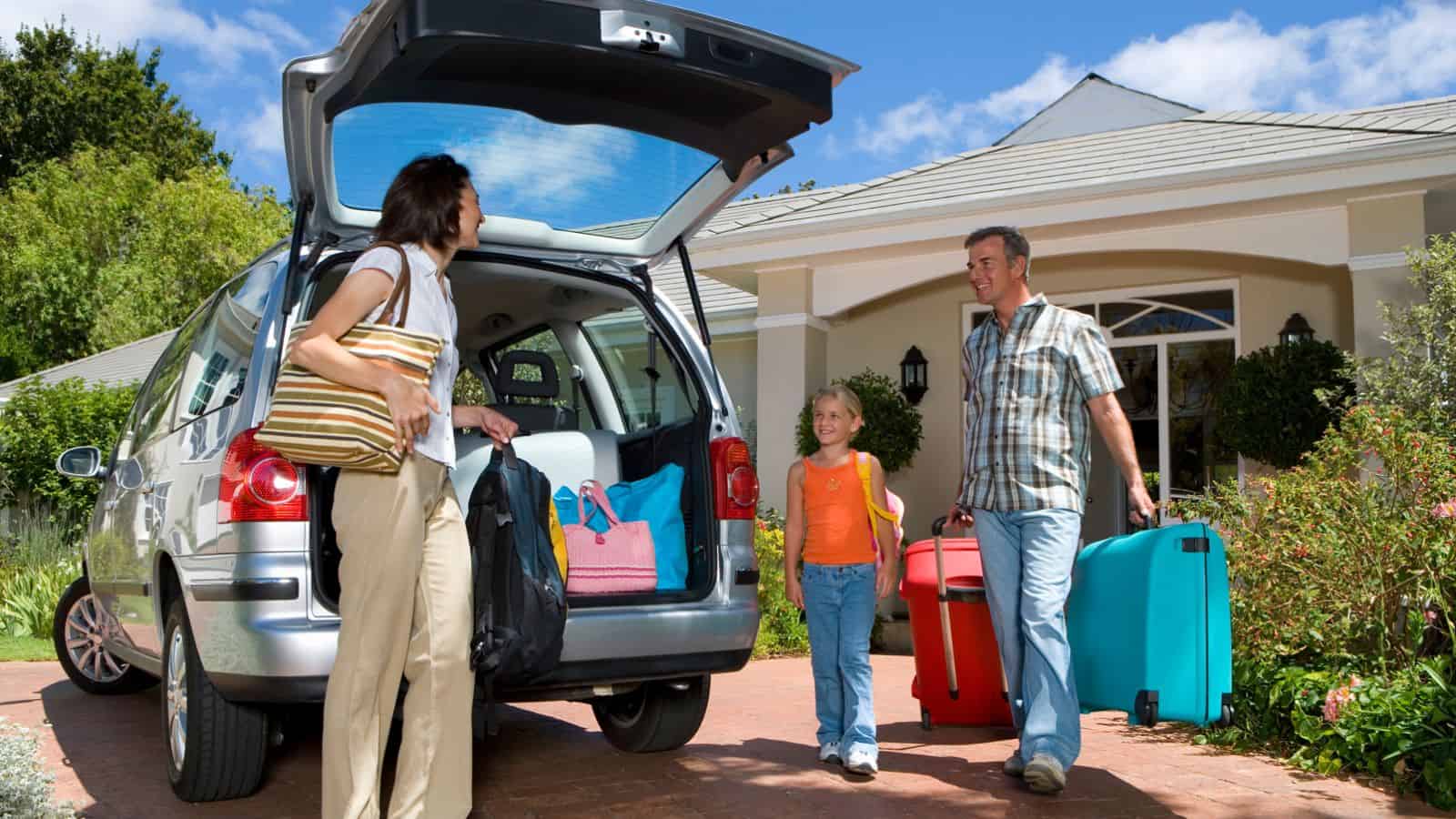
The post-war economic boom in America saw the middle class spend their money on homes, cars, clothes, and appliances. By the decade’s end, three-quarters of American households owned at least one car.
